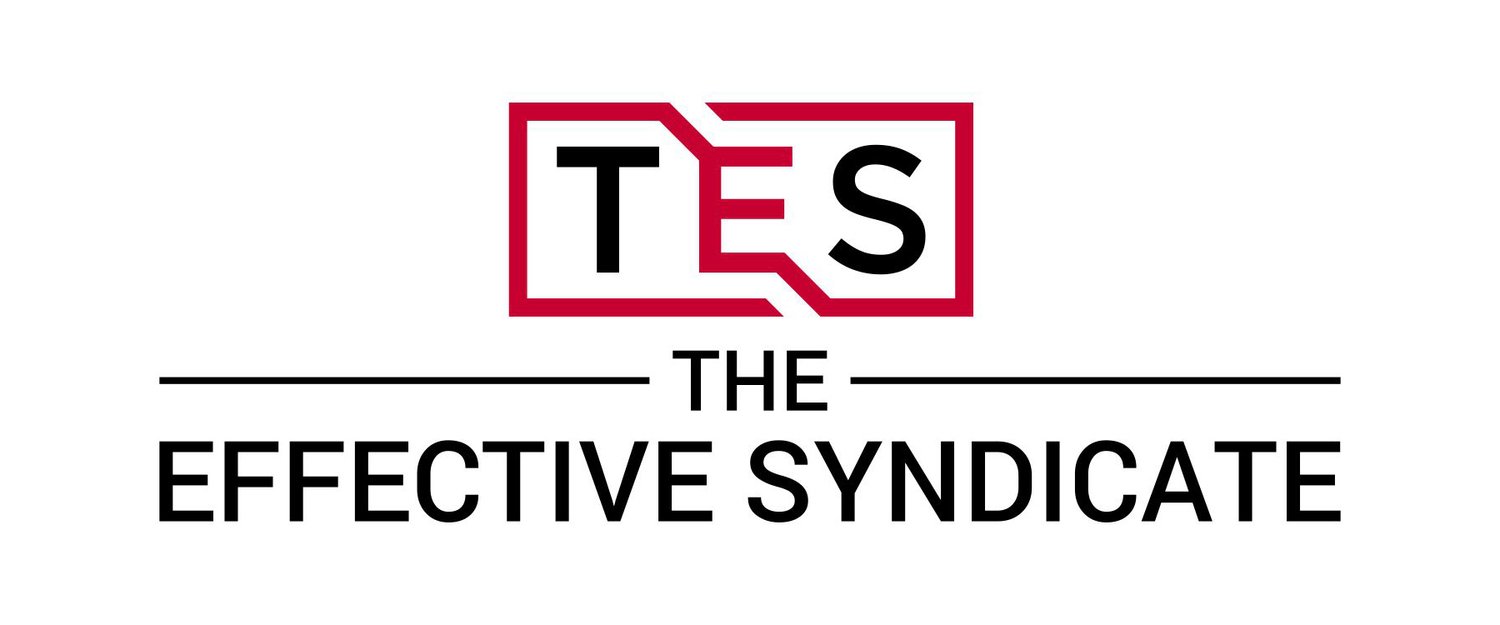Understanding CI Tactically
We spend a lot of time talking about Continuous Improvement and there are patterns that show up time and again. So much so, that I wanted to take some time to share with you and to help further the understanding to a higher level. Most people think of traditional Continuous Improvement as Lean Six Sigma (LSS) and there are several variants of those titles under different monikers. I don’t want to spend time talking about which one is which, or which one is better that is not the point of this post. Additionally, there are many ways of improving your business that aren’t simple variations of LSS. If you are developing your employees through coaching or training, you are also improving your business as an example. Regardless of what method or approach you choose to employ, let’s look at how you should be using it beyond simple KPIs.
Most people think of improvement with LSS as happening on the shop floor with an eye towards increasing throughput and/or reducing costs. For what it’s worth, if you need to cut costs, just cut cost. Don’t try to pass it off as some sort of improvement situation, it will make matters worse.
While there are certainly costs that can be reduced and that will result when LSS is implemented correctly. These costs can be reduced on the shop floor regardless if you are doing Lean Improvements in a manufacturing space, Lean in warehouses, Lean in Logistics or even Lean in the office. This is the very tactical perspective of LSS. While this is an important component, it is still a bit short-sighted. What you are after is a shop floor (Office, Manufacturing Floor or Warehouse Space) that can deliver to your customers today without the normal amount of herculean effort. We want the operation to run smoothly. When this happens, the middle of the organization, (think about the cross-functional team members working in the managers ranks) can focus on Continuous Improvement and answer how do we do it better tomorrow? These could be supervisors, department managers, plant managers, etc. When both two activities (execute for today and improve for tomorrow) are working well, the organization can focus on overall growth. Since this is the tactical perspective, this growth might be investing locally with training and development, it might be adding capacity and selling it to drive revenue or it might just mean people aren’t so stressed all the time. The point is, that the tactical application of LSS is that the processes you run daily work very smoothly and deliver the products and services your customers are paying you for.
When this isn’t working well the whole organization gets sucked into the day-to-day which all but stops the growth of the organization. This is usually when we get called in to help lead and execute rapid improvement events (kaizen). This is when your people feeling like they are working like crazy but getting very little accomplished.
Never confuse activity with accomplishment. – John Wooden
This situation is most often attributed to workers operating within a very poor or even a non-existent process and being held accountable to some mysterious “you should know how to do it” way of thinking.
For lots of organizations, this becomes the new norm and is very painful. The senior leaders still want growth, the front-line wants relief from the crappy circumstances and the middle of the organization gets to live in the daily grind of a rock and a hard place (sounds familiar right?). To add insult to injury we often see the senior leaders grow increasingly frustrated to get it fixed fast when the circumstances are neither new nor created by the people working in the processes. Management owns the processes, the front-line owns execution of the process.
It’s like hearing the government people who have been in Washington for 20+ years describing how they know how to fix the problems in Washington. It’s not just moronic, it’s insulting.
The graphic below illustrates how CI works at the tactical level.
If you are using LSS as a cost-reduction effort, please do yourself and all your workers a favor and stop doing that. If you need to cut costs, be an adult about it and cut costs. Telling people that you are launching a Continuous Improvement Effort that will result in people getting fired after you’ve got things “cleaned-up” just isn’t fair and it’s wildly disingenuous.
Think about how much of your Lean focus is spent on some sort specific KPI that isn’t working on the overall flow through the organization. We teach our clients to look for the “Flow-Stoppers” and focus on getting rid of those because those issues show you where your processes are lacking. Most of the time you can see these situations using the 8-wastes as your filter. If you aren’t sure how to do that, reach out to The Effective Syndicate or create a suggestion box and ask your people to tell you what the flow-stoppers are. They know what they are because they live with and are frustrated by them daily.
When your front-line can execute today’s schedule, then (and only then), should you start worrying about growing. Until then, you’re just creating tension for everyone involved. Stop doing that.
In the next blog, we will be talking about understanding Continuous Improvement at the Strategic Level of an organization.

